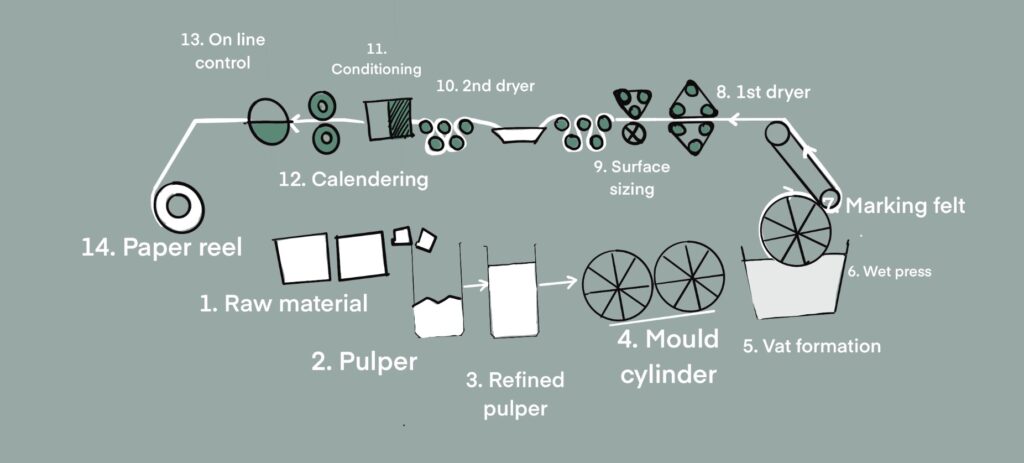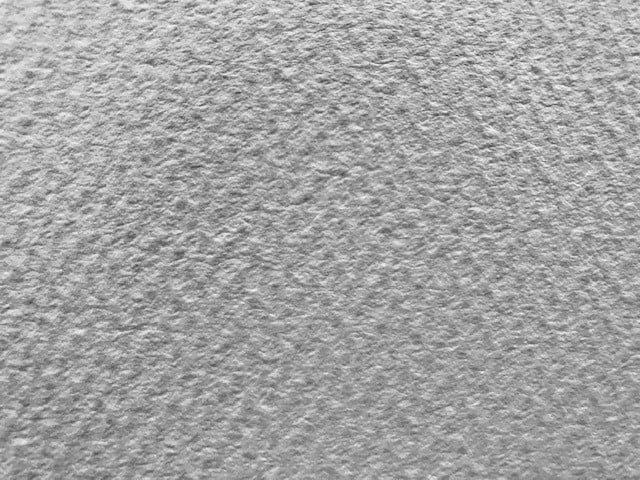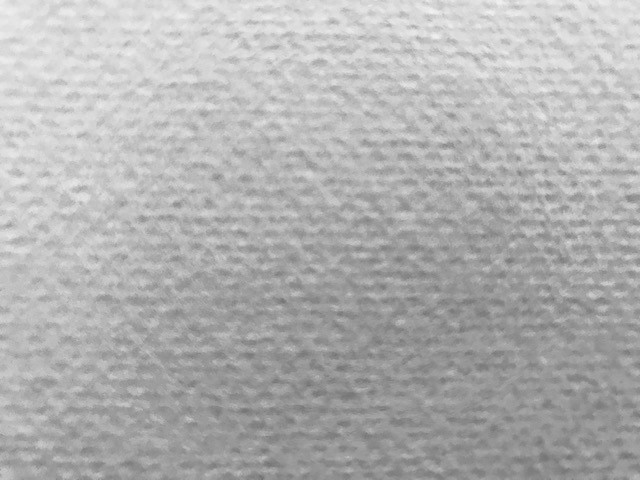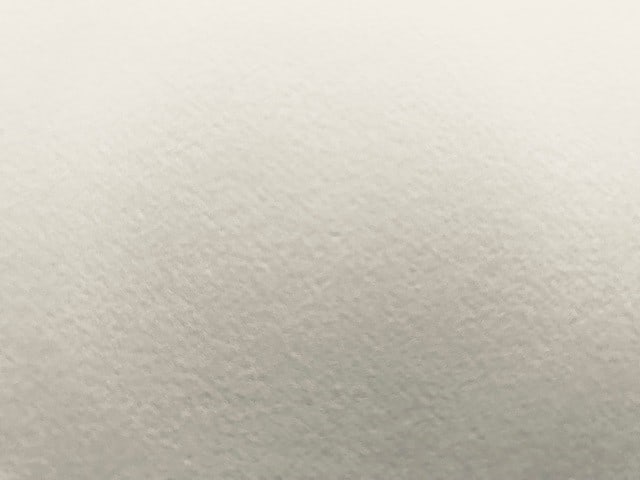Selecting the right paper is the most crucial thing in watercolor painting. It makes the job easier for an artist and makes the painting more successful.
I used to draw on any thick paper as a beginner; unlike all other beginners, I went for the cheapest paper I could find, and I did not care about whether it was hot-pressed or cold-pressed.
My drawing style was more like pen and wash initially, and for me, any kind of paper was acceptable; I was relatively more concentrated on paints and colors.
Watercolor paper is a paper medium onto which we apply watercolor paint or pigments.
Paper is the most important thing to consider for watercolor painting. If I rephrase this, I would say this is the base of the watercolor painting.
Papers are the foundation. Watercolor is painted from light to dark. So, the paper itself is the lightest part of your painting. A watercolor artist tends to save the lightest part of the paper to show highlights of their knowledge and crafts.
When I started watercolor painting first, this is the first question that came up in my head, what paper to use? Before that, I tried traditional cheap art paper, and I thought that if the paper was thick, it should be fine for watercolor painting.
And obviously, I was wrong.
There are currently many types of paper available in the market for watercolors. Watercolor paper can be made of wood pulp or mixed with cotton fibers.
Professional artists use 100% cotton watercolor paper. We can describe the paper according to the manufacturing process. They are rough, cold-pressed, and hot-pressed. Arches et Archettes introduced these processes; around 1620. Located in France, the Arches paper manufactory increased during the 18th century.
If you buy a watercolor pad, It will label “100% Cotton” on top.
The best watercolor paper would be 100% cotton and acid-free. Student grade papers are usually 25% cotton, and I would not recommend buying them if you are serious about painting. Not even for practicing.
Day by day, you will only improve when you see your development. You practically cannot develop your skill if you practice on student-grade watercolor paper.
Practicing means getting to know your paper, how it reacts with pigment and water, how much water to use, etc., and student grade paper will not give you that impression. If you need to know your paper and paint better, you will need to use the right paper to practice.
The most popular paper among all types of watercolor papers is ARCHES Aquarelle. They are mold-made, 100% cotton, acid-free, and air-dried. The paper burns to fibrous, silver-gray ash. They are available in white sheets, in five weights starting from 185 gsm to 185 gsm. They also come in rolls or blocks.
They are the most expensive watercolor paper nowadays.
How watercolor paper is made
Watercolor paper is made in the following cycles. I have researched several paper production houses and processing documents. I have tried below in a more straightforward way to describe how the paper is made. Understanding this would be beneficial for an artist to know the characteristics of a paper.

Raw Materials – 100% Cotton
Cotton fibers guarantee resistance and flexibility to the paper produced, making it excellent for every use (usually for professional artists)
Pulper
Then it is transferred to the pulper. In pulper fibers are mixed with water ( 95% Calcium ) and other components (such as Carbonate calcium). Then the stock is prepared.
Pulp Refining
In this stage, the stock is refined, and the fibers are opened up, improving and washing fiber bonding.
Mold Cylinders
It is taken to the mold cylinders at this stage. The cylinder mold is essential for paper formation. Its surface is covered by the forming wire (mesh) where watermarking elements can be welded (writings or images)
Vat Formation
The cylinder mold is partially submerged in the vat full of stock. The cylinder rotates. The water flows through the mesh. And the pulp accumulates on the wire surface. Paper forms at this stage.
Wet Press
A traveling felt belt removes the accumulated fiber mat to move along the paper machine. The speed of the machine is around 25 m/min.
The excess water is removed through pressure and vacuum pumps in the press section.
Marking Felt
At the end of the press section paper web is still wet, so through the pressure of a marking felt, this stage can give the surface grain to the paper. Such as cold press and rough grain for watercolor papers.
1st Dryer Section
The paper is dried through a battery of stream-filled dryer cylinders (60- 80 degrees).
Surface Sizing
When the paper is dry, it runs through a vat filled with sizing solution for the surface sizing (tub sizing). This stage is crucial for watercolor papers. The printmaking paper skips this section.
2nd Dryer Section
After the tub sizing, the paper is wet at this stage. So to make it dey, a new passage in a drying section is necessary.
Conditioning
At this stage, the paper goes through a chamber to give the whole produced paper the same humidity.
Calendering
Calendering is the process of smoothing and compressing a material. The calendaring is used for ultrasmooth papers (hot pressed); the paper is pressed through hot steel cylinders conferring the desired smoothness.
Line Control
At this stage, the paper web is on line to check the most critical features and detect possible flaws.
Paper Reel
At the end of the machine, the paper forms a machine reel that later converts into small rolls or sheets.
Quality Control
Each machine reel is accurately checked in the lab and verifies the production parameters.
How to choose the right weight for watercolor paper
300 gsm or 40lb is the somewhat best weight for the paper for watercolor painting. It is not heavily expensive but works best with most of the paintings. Most artists use 300 gsm paper for professional painting unless painting needs heavy use of water.
In the USA, the weight of paper is classified as pounds. 90lb paper means the weight of that type of 500 sheets is 90lb. So, one single sheet from that paper is also called 90lb paper.
In Europe or Australia, they are classified as GSM or grams per square meter.
Below is a comparison table for both types to clear the confusion. Table below explains the known weight unit for a different region
| USA | Europe and Australia |
| 90lb | 185 GSM |
| 140lb | 300 GSM |
| 280lb | 600 GSM |
Watercolor paper weight: What exactly does it mean?
Watercolor painting needs an adequate amount of water. So, when you are using a massive amount of water, paper tends to buckle if you do not stretch the paper. It is not a pleasant feeling to draw and paint on buckled paper. If you use very thick paper, you can avoid paper buckling when you do a heavy wash.
185 gsm paper is not thick enough to handle buckling even if you stretch your paper.
Watercolor paper can be sold as sheets, pads, paper blocks, or rolls.
Most watercolor paper is sold in full sheets (22 X30 inches), 56 x 76 cm), half sheets, or even quarter sheets.
Watercolor pads are also sold in A5, A4, A3, or A2 sizes.
Watercolor paper surface texture or finish:
There are two sides to a paper. Felt side and wire side. These are technical terms, so I will not go on that path. In short, the wire side receives more texture from roller and wire, etc., and usually has a more bold and complex texture.
There are three basic surface textures for watercolor.
- Rough
- Cold-pressed (medium texture)
- Hot pressed (smooth texture)

A rough paper surface is the roughest texture available. Paper is pressed between texture sheets to make a rough surface in the production process. They have surface teeth and can enhance the color granulation, and that is why it looks like a texture. Most impressionistic or abstract works are done on rough paper.

Cold-pressed are the most popular among watercolor artists as it is not as rough as rough paper but has a slight tooth on them. These papers have some textures, and an artist can do some detailed work on these types of papers.

Smooth paper or hot-pressed are best for your detailed work. It has a very smooth surface, so botanical artists or illustrators prefer these papers. The hot metal rolls press them to make their smooth surface.
Below is the comparison of three types of paper:
| Smooth or hot pressed | Cold-pressed | Rough |
| Suitable for detailed works, comics, illustrations, botanical works, etc. | Suitable for a combination of detail works and textures, like landscapes, cityscapes, seascapes, etc | Good for showing granulation of pigments with the landscape, abstract landscapes, tonal drawing, and impressionistic painting. |
Now If I break it down more in detail, in a table, it will look like this. This table will be helpful for watercolor beginners only. The more you will paint, the more you will be free from these stereotyping ideas.
| Type of Paintings | Paper Textures | Paper Weights |
| Detailed work, scientific or botanical illustrations | Hot-pressed | 300 GSM or 140 lb |
| Landscape, cityscape, seascape | Cold-Pressed | 300 GSM or 140 lb |
| Abstract landscape, abstract painting | Rough | 300 GSM or 140 lb |
What is the best paper size for watercolor painting
Half sheet paper (38 cm x 56 cm) or half imperial size is the best size for an excellent painting to hang on the wall.
I am saying this because it is easy to frame, easy to post to your buyer without framing, and easy to find a frame for it. Ikea sells beautiful frames (50X70) that can easily frame your painting and look good on your medium-sized wall.
Yes, size is a personal choice; some painters like to paint small paintings, and some love to do enormous paintings. But if you want to paint and then sell it to your customer, you will need to keep other things like framing, delivering, etc., in your mind.
Full sheets (56 X 76 cm) are also trendy among artists.
Watercolor blocks are very good for Plein air painting or painting on locations. You will not need to stretch your paper if you buy blocks as they are glued on each side of it. They are easily portable. They usually come with 20 sheets stuck together. Once finished painting, you will need a palette knife or even your credit card or main opener to find an opening on top and insert and then separate the page from the block.
Some common paper sizes as below:
| Paper Size | Measure (Height x Width) in cm | Inches | Sizes in UK | Sizes in cm | Sizes in inches |
| A0 | 84.1 x 118.9 | 33.1 x 46.8 | Double elephant | 67.3 x 101.6 | 26.5 x 40 |
| A1 | 59.4 x 84.1 | 23.4 x 33.1 | Full Imperial | 76.2 x 55.9 | 30 x 22 |
| A2 | 42.0 x 59.4 | 16.5 x 23.4 | Half sheet | 38.1 x 55.9 | 15 x 22 |
| A3 | 29.7 x 42.0 | 11.7 x 16.5 | Quarter sheet | 38.1 x 27.9 | 15 x 11 |
| A4 | 21.0 x 29.7 | 8.3 x 11.7 | |||
| A5 | 14.8 x 21.0 | 5.8 x 8.3 | |||
| A6 | 10.5 x 14.8 | 4.1 x 5.8 | |||
| A7 | 7.4 x 10.5 | 2.9 X 4.1 |
How is watercolor paper sold?
Watercolor sheets: Handmade papers are sold in individual sheets. If you need to buy a half sheet or quarter sheet, you will need to buy in a pack of 12 or 20, etc. But you can buy a single sheet only in full imperial size from a retail art shop.
Watercolor rolls: watercolor rolls are usually 30 feet long and 40 to 60 inches wide. A single roll can be cut into multiple pieces.
Watercolor blocks: Blocks usually come in 20 packs, and sizes are A5 to A3. They have a paperboard on the back and very thick adhesives on all the sides.
Sketchbooks: sketchbooks come in a variety of sizes and formats. They sometimes with hardcover or leather covers depending on sketchbook types. Some of the sketchbooks have indents on each page so that after doing a sketch, you can easily tear them off. Strathmore makes a suitable type of sketchbook.
How to stretch watercolor paper
There are many methods explained by so many people on how to stretch watercolor paper. So many of them use so many techniques, while it is relatively easy to do so. I will explain how, as an artist, you should stretch your paper quickly.
The most popular way to stretch watercolor paper is by soaking it in water. Some people keep that in a tub soaked for 20 minutes or more, but I would say soaking it for 5 minutes would be enough for 300 gsm size. When you soak the paper, it expands. And then you tape it with your drawing board and let it dry. Doing that would not buckle your paper when wet.
By wetting the paper:
- Soak your paper in a tub, depending on your paper size. Keep it there for a couple of minutes; I would say 5 minutes. You don’t need to soak your block.
- Take the paper out and put it on your drawing board. Wipe off excess water with a paper towel.
- Tape it with the board on each side or pin it.
- Start painting when it is dried, or you can start your painting straight away with an initial wash.
Using Masking tape:
When you are outside doing Plein air painting, you barely will have time to stretch your paper with soaking water.
The fastest way to stretch your paper is using masking tape. You will need to use either watercolor blocks or get a loose sheet of paper and tape it on a board with all four sides. As an artist, I always do that in this way unless I am doing any large project.
If you are not doing a heavy wash on your painting, you can take a 300 gsm paper, tape it down on your board, wash it with the brush, and start painting on it. It would buckle a little but manageable if not doing heavy or multiple washes for a long time. Keep following my blog; I will teach you how to paint well with watercolor.
If you use 185 gsm paper or lighter, then masking tape will help much, as the paper will buckle. In 300 gsm, the paper will buckle, but you can reasonably handle that.
The primary purpose of stretching your paper is to paint uninterruptedly on a plain surface.
When paper is soaked with water or gets wet, it expands. And when it expands, if all sides are taped on a watercolor board, it buckles. It gets flat again when it dries up.
If you soak your paper and then tape it down and dry it up, then re-wetting your paper will not buckle it again. That’s why stretching with water helps artists a lot.
Many artists don’t stretch paper with tape or by wetting it. An alternative to stretching watercolor paper is using a board clip on four corners of your paper. You can adjust the clip and stretch your paper to avoid buckles even if it buckles.
You can also use watercolor boards or canvas specially made for watercolors or 600 gsm paper.
Benefits of using watercolor paper for artworks
Watercolor paper can be used for sketching. It is good to use watercolor paper for sketching, as you can use the rough watercolor paper surface for texture in sketching. Urban sketchers always use watercolor paper for pen and wash drawing.
Watercolor paper is suitable for acrylic paint use as both acrylic and watercolor pigments are water-soluble. Acrylic paint or acrylic ink is used for experimental watercolor. In Mixed media painting, watercolor paper is trendy.
Watercolor paper is suitable for pastel drawing. Even though pastel has different papers, rough or cold press watercolor paper can be used efficiently for pastel painting because of paper roughness. Paper teeth help to hold pastel pigment nicely, and if the painting is stored correctly, it can last long.
Only hot pressed watercolor paper can be used with alcohol markers; even if you use the usual watercolor markers, it is best to use them on hot-pressed papers. Artists can use some markers like professional Winsor and newton watercolor markers on rough paper using a brush pen. Markers don’t get any benefit from paper’s roughness.
Many artists use watercolor paper with charcoal. Cold press watercolor paper comes in handy in these scenarios because of its roughness. It is very good with soft lead as well.
Watercolor paper can go through a printer if the printer supports the paper size. Dot printers are excellent for printing on watercolor paper. Nowadays, giclee printing is used in watercolor paper too. If you want to print at home, you can use a dot printer and make sure your paper fits into the printer’s tray. Watercolor paper will not perform well with laser printers.
